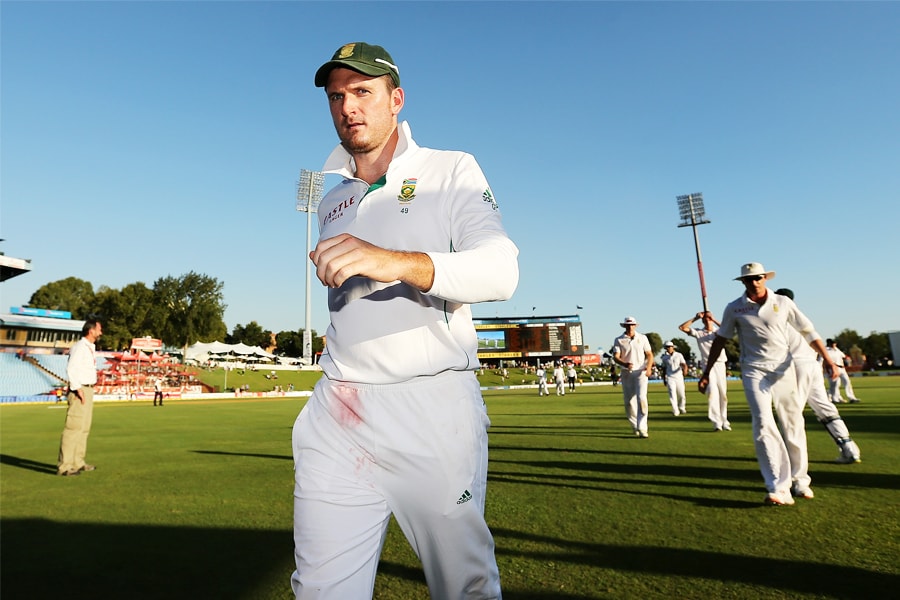
A leader must learn to take bold decisions: Graeme Smith
Former South African captain and commissioner of the newly-minted SA20 league on how to manage crises and lead from the front
 CENTURION, SOUTH AFRICA - FEBRUARY 12: Graeme Smith of South Africa leads his team from the field after day one of the First Test match between South Africa and Australia on February 12, 2014 in Centurion, South Africa.
Image: Morne de Klerk/Getty Images
CENTURION, SOUTH AFRICA - FEBRUARY 12: Graeme Smith of South Africa leads his team from the field after day one of the First Test match between South Africa and Australia on February 12, 2014 in Centurion, South Africa.
Image: Morne de Klerk/Getty Images
Graeme Smith is no stranger to boarding sinking ships and steadying them. At 22, when he took over from Shaun Pollock as the captain of the South African cricket team, it was not only reeling from a shock exit from the 2003 World Cup that it hosted, but also the aftershocks of the match-fixing scandal involving former skipper Hansie Cronje. Smith, a left-handed opening batter and the country’s youngest captain, soon made his mark by scoring double centuries in his 11th and 12th Tests (his third and fourth as captain). By the time he retired from international cricket in 2014, he became the country’s most successful captain across formats and led South Africa to an unbeatable streak in away Tests between 2007 and 2013.
In 2019, Smith took over as the director of cricket of the crisis-hit Cricket South Africa (CSA), at a time the previous board president was suspended on charges of misconduct and the rest of the board was ignoring calls for resignation. In his capacity, among other things, he is said to have played a key role in negotiating with the Board of Control for Cricket in India (BCCI) in 2021 a bilateral series with India amid Covid-19 fears, which resulted in millions of rands in revenues for the CSA. Now, Smith is the commissioner of the SA20, the newly-minted T20 franchise league that began on January 10. In this one-on-one with Forbes India, the left-handed batter shares his strategies for handling crises and emerging stronger. Edited excerpts:
Q. You became the national skipper at 22. At the time, South African cricket was going through a crisis of faith and performance. How did you handhold the team through the crisis at such a young age?
If I look back now, I have a very different feeling about how daunting that situation was. At 22, I believed I was the right man for the job and didn’t realise how much was riding on my shoulders. Initially, a leadership role has got to be something that you want to do because there’s a lot of pressure and responsibility that comes with it.








